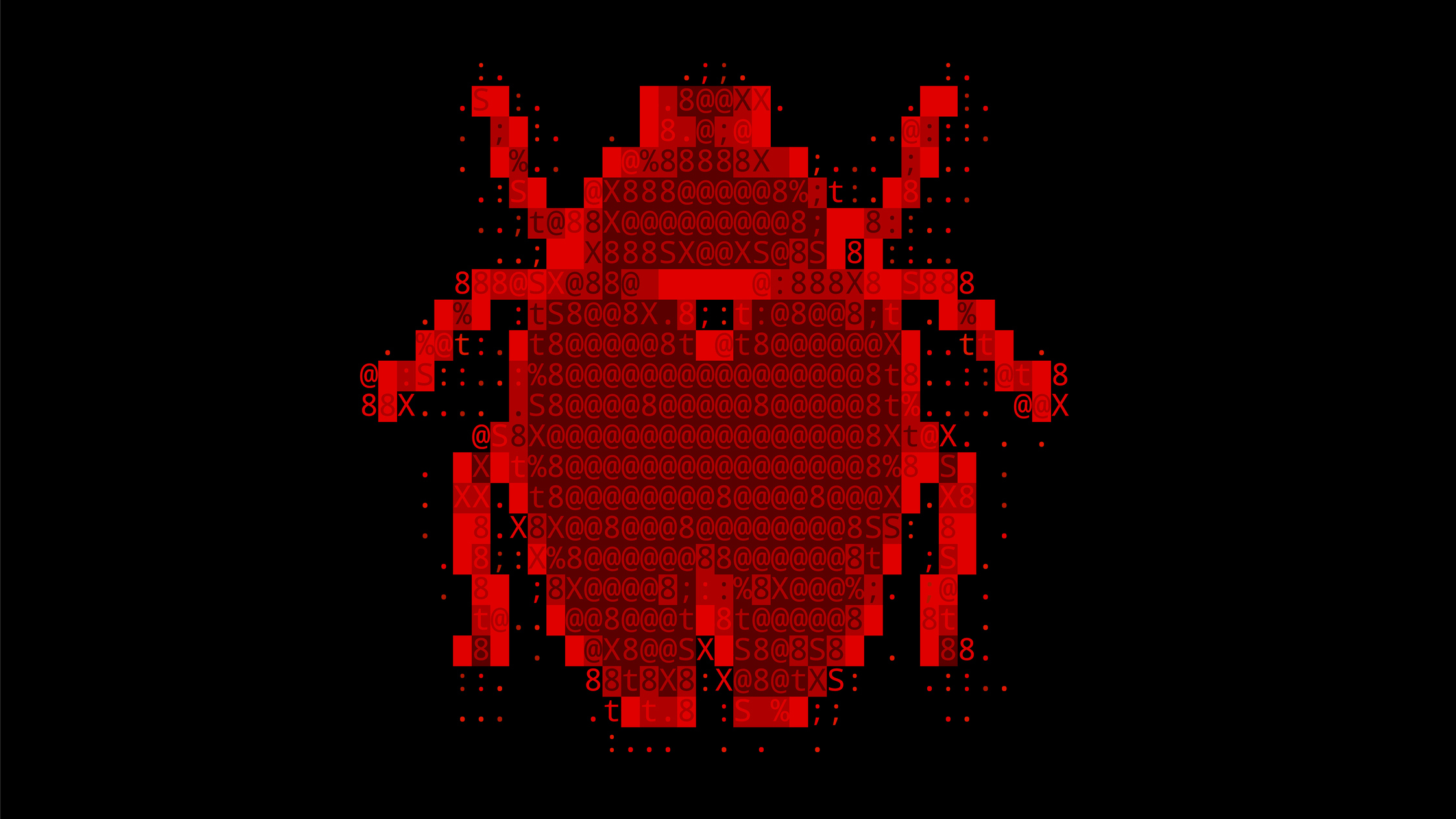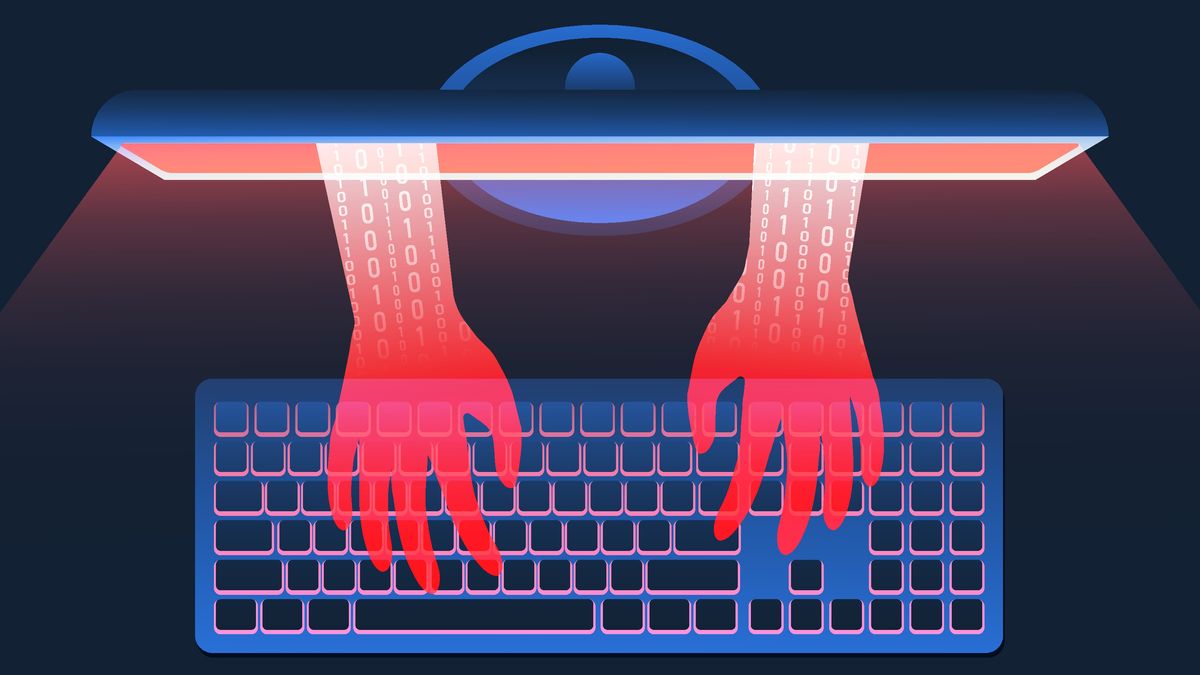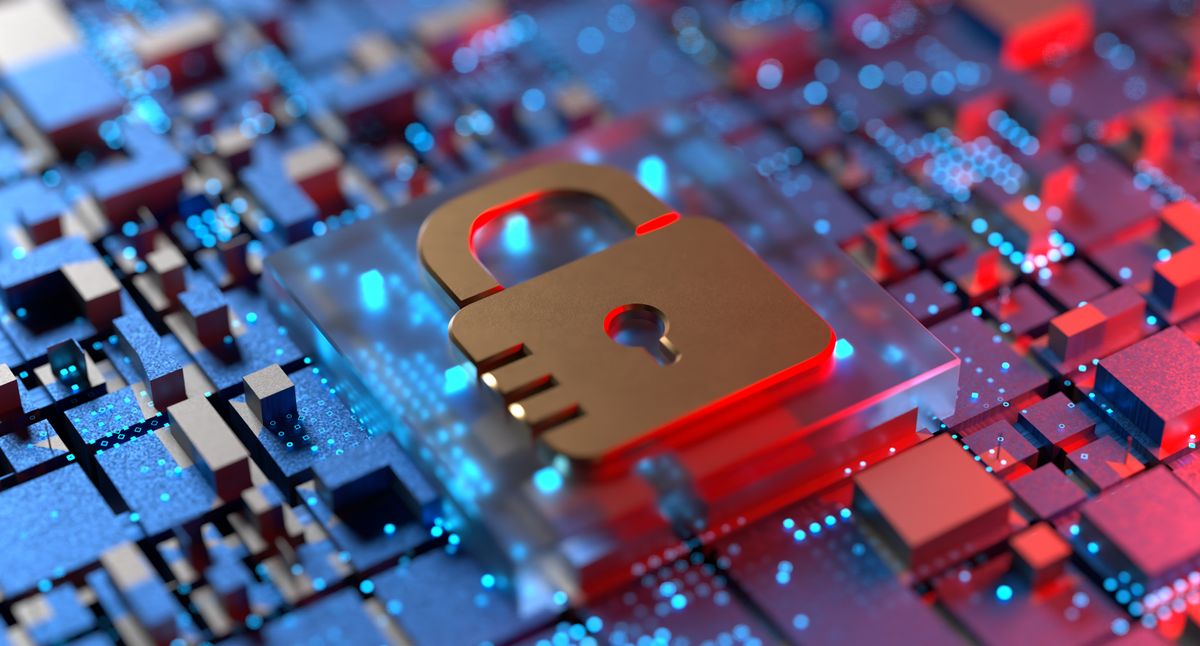threat
-
Blog

AI isn’t taking your job; the big threat is a growing skills gap – Computerworld
Key AI skills in short supply include prompt engineering, programming, and bias handling. Just as vital are soft skills such as adaptability, critical thinking, and emotional intelligence to ensure responsible, ethical AI use, according to Stratman. PwC’s new AI Jobs Barometer shows demand for AI skills growing, even as the US job market slows. In response, PwC recently launched two…
Read More » -
Blog

Confused at all the threat group names? You’re not alone. CrowdStrike and Microsoft want to change that
‘Cozy Bear’, Nobelium, ‘Midnight Blizzard’, we’ve all heard various names used to identify cyber threat groups, and these three in particular refer to the same group. It’s all rather confusing at times, prompting cybersecurity professionals and laymen alike to ponder who exactly they’re dealing with or reading about. You mean to tell me this group is the same one that…
Read More » -
Blog

Email spoofing attacks are still a major threat for FTSE 100 companies – despite a simple fix being widely available
Almost a third of FTSE 100 organizations are still vulnerable to email spoofing attacks, according to research by Hornetsecurity. The findings come in spite of the widespread availability of domain-based message authentication, reporting & conformance (DMARC) tools, which perform last-mile checks on emails to ensure they come from legitimate domains and aren’t malicious in nature. Speaking at Infosecurity Europe 2025,…
Read More » -
Blog

Threat actors abuse Google Apps Script in evasive phishing attacks
Threat actors are abusing the ‘Google Apps Script’ development platform to host phishing pages that appear legitimate and steal login credentials. This new trend was spotted by security researchers at Cofense, who warn that the fraudulent login window is “carefully designed to look like a legitimate login screen.” “The attack uses an email masquerading as an invoice, containing a link…
Read More » -
Blog

What is infostealer malware? Learn the silent threat to your data
According to the KELA State of Cybercrime 2025 report, more than 4.3 million devices were infected by infostealer malware in 2024, and 3.9 billion passwords were compromised in the process. This malicious software is designed to secretly collect sensitive data from devices. The data can include passwords, credit card information, and even crypto wallet credentials. Needless to say, infostealer malware is…
Read More » -
Blog
Hot Car Fatalities Are a Year-Round Threat to Children and Pets
CR’s testing shows it doesn’t take scorching temps for hot cars to pose safety risks Heatstroke is the leading cause of death in vehicles (excluding crashes) for those 14 and younger. By Emily A. Thomas, PhD Heatstroke can be a four-season threat in some parts of the country. About 39 children die each year from vehicular heatstroke, according to Kids…
Read More » -
Blog

Malware-free attacks: The threat to businesses
Attackers often use malware to target business systems. But recently, ‘malware-free’ attacks – which see adversaries instead abuse existing tools to target devices – are growing in popularity. The figures are concerning. According to CrowdStrike’s 2025 global threat report, cyber attacks leveraging trusted services to conduct malicious activities are becoming the norm. In fact, the shift towards malware-free attack techniques…
Read More » -
Blog

Instagram co-founder Kevin Systrom says Zuckerberg “saw us as a threat”
When Instagram was acquired for $1 billion in 2012, co-founder Kevin Systrom believed that joining Facebook would help Instagram’s “skyrocketing growth” reach even greater heights. In some ways, it did. Instagram now has billions of users and has since “generated many multiples of that price and then some,” Systrom said on Tuesday from a Washington, DC courtroom. But according to…
Read More » -
Blog

Infostealer malware: What’s the threat to businesses?
Infostealers have been around for some time but recently they’ve been making headlines. This targeted malware, created to compromise the systems of victims and exfiltrate sensitive information, is on the rise and poses an active threat to all businesses. A recent report found that infostealers exposed billions of credentials in 2024, with KELA Cyber Threat Intelligence measuring 4.3 million machines…
Read More » -
Blog

Security researchers hack BlackLock ransomware gang in push back against rising threat actor
Security researchers have exploited a vulnerability in the dark web site of the BlackLock ransomware group to gather information about planned attacks. Late in 2024, researchers at Resecurity identified a vulnerability in BlackLock’s Data Leak Site (DLS), allowing its analysts to inspect the threat group’s network infrastructure and identify specific activity logs, hosting providers, and linked MEGA accounts used to…
Read More »


